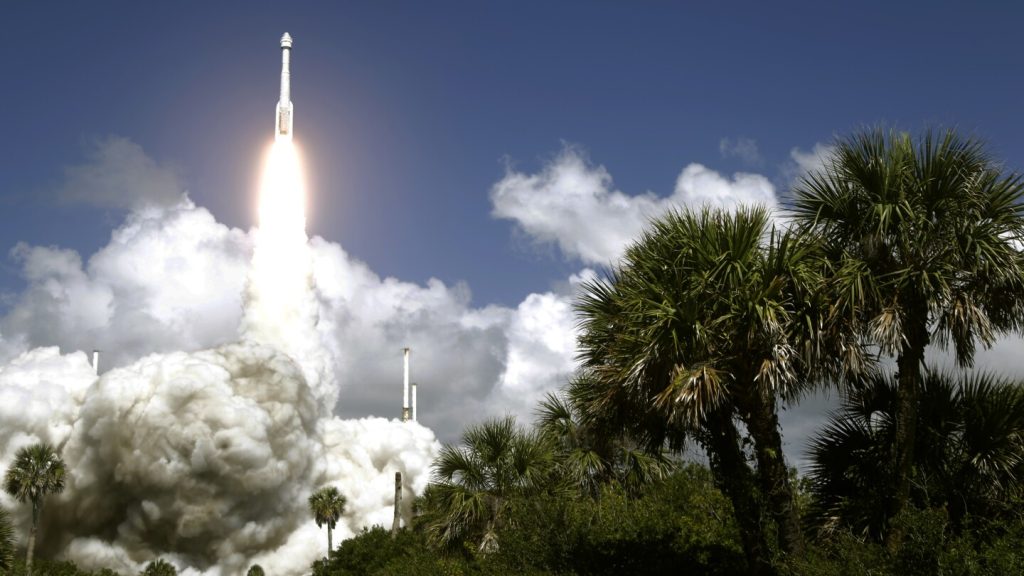Boeing successfully launched astronauts for the first time, joining SpaceX as a second taxi service for NASA. NASA test pilots Butch Wilmore and Suni Williams flew aboard Boeing’s Starliner capsule for the International Space Station. The launch went smoothly after two scrapped countdowns, and the pilots are expected to spend just over a week at the orbiting lab before returning to Earth on June 14. The astronauts expressed confidence in Boeing’s ability to conduct a successful test flight despite previous setbacks with Starliner’s software and parachute problems.
The launch marked Boeing’s long-awaited crew debut, delayed due to spacecraft flaws. The company faced unrelated safety issues on its airplane side, but the successful liftoff of Starliner was seen as a significant achievement. The journey to the space station lasted 25 hours, with the crew facing some minor challenges, including a helium leak in the spacecraft’s propulsion system. However, the issues were manageable and did not pose major risks to the mission. Boeing was hired by NASA alongside SpaceX a decade ago to transport astronauts to and from the space station, with SpaceX already achieving successful crewed missions in 2020.
Boeing’s Starliner and SpaceX’s Dragon capsules are designed to be autonomous and reusable. The astronauts occasionally took manual control of Starliner to check its systems during the journey. Despite a minor snag with the cooling system, the mission is expected to proceed as planned, with the astronauts set to dock at the International Space Station on Thursday. If successful, NASA will alternate between SpaceX and Boeing for future taxi flights, starting next year. The backup pilot for this test flight, Mike Fincke, will be ready for Starliner’s next trip, marking a significant milestone in human space exploration.
The liftoff from Cape Canaveral Space Force Station was the 100th of an Atlas V for rocket maker United Launch Alliance. It was the first time astronauts rode an Atlas rocket since John Glenn’s Mercury era over 60 years ago. The tension was high among NASA and Boeing employees as the human presence added an extra layer of complexity to the mission. Despite the challenges, the successful launch of Boeing’s Starliner is a significant step forward in commercial space travel, with the potential for more collaboration between NASA and private companies like SpaceX and Boeing. The mission is a testament to years of preparation and hard work by the teams involved.
Overall, the successful launch of Boeing’s Starliner with astronauts aboard marks a new era in space travel, with the potential for more commercial partnerships in the future. NASA’s collaboration with private companies like SpaceX and Boeing has opened up new possibilities for human space exploration. The crew’s safe arrival at the International Space Station and the successful completion of the mission demonstrate the capabilities of these new spacecraft. As the world watches the progress of human spaceflight, the collaboration between NASA, SpaceX, and Boeing continues to push the boundaries of what is possible in space exploration.


